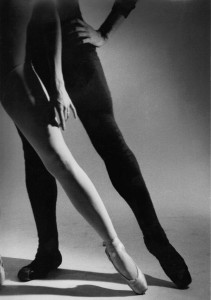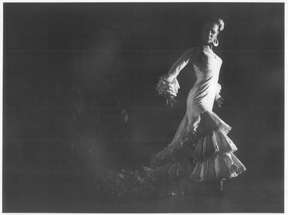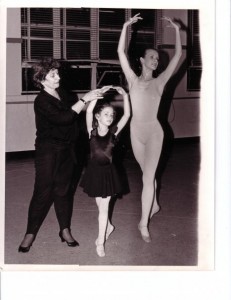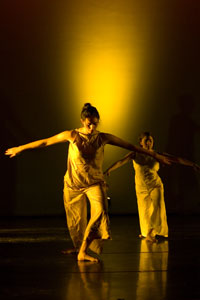There are many terrific tools you can use to improve your teaching ability–no matter where you teach. Here are a few that you can employ:
- Read as much as you can about teaching. There are tons of books out there that can give you ideas. Magazines and blogs also share some good tips for dance teachers. The more you know, the more resources you can draw on when you are in front of students.
- Talk with fellow dance professionals. Fellow dancers and teachers offer a wealth of information in terms of how to teach–and how not to teach. Don’t learn everything the hard way–benefit from their experience.
- Videotape yourself. Take a class and tape it (be sure you have the permission of students/parents), then review your performance over a cup of coffee at your leisure. Be brave–invite a fellow teacher or two over to critique you. You can always return the favor.
- Ask your students to “grade” you. Getting feedback from students is done in most classroom settings…why not in dance class?
- Get an observer in. Have someone come in with the express purpose of giving you feedback on the class. It can be anyone that you trust, but it may be better if it is a fellow instructor.
When I first started teaching, I had a lot to learn. I developed quite a bit on my own, but the things I learned from others were priceless in terms of moving me forward as a professional. Every single one of us can improve, and all it takes is the willingness to listen to the feedback you receive–and perhaps make a few changes in the way you do things here and there.









